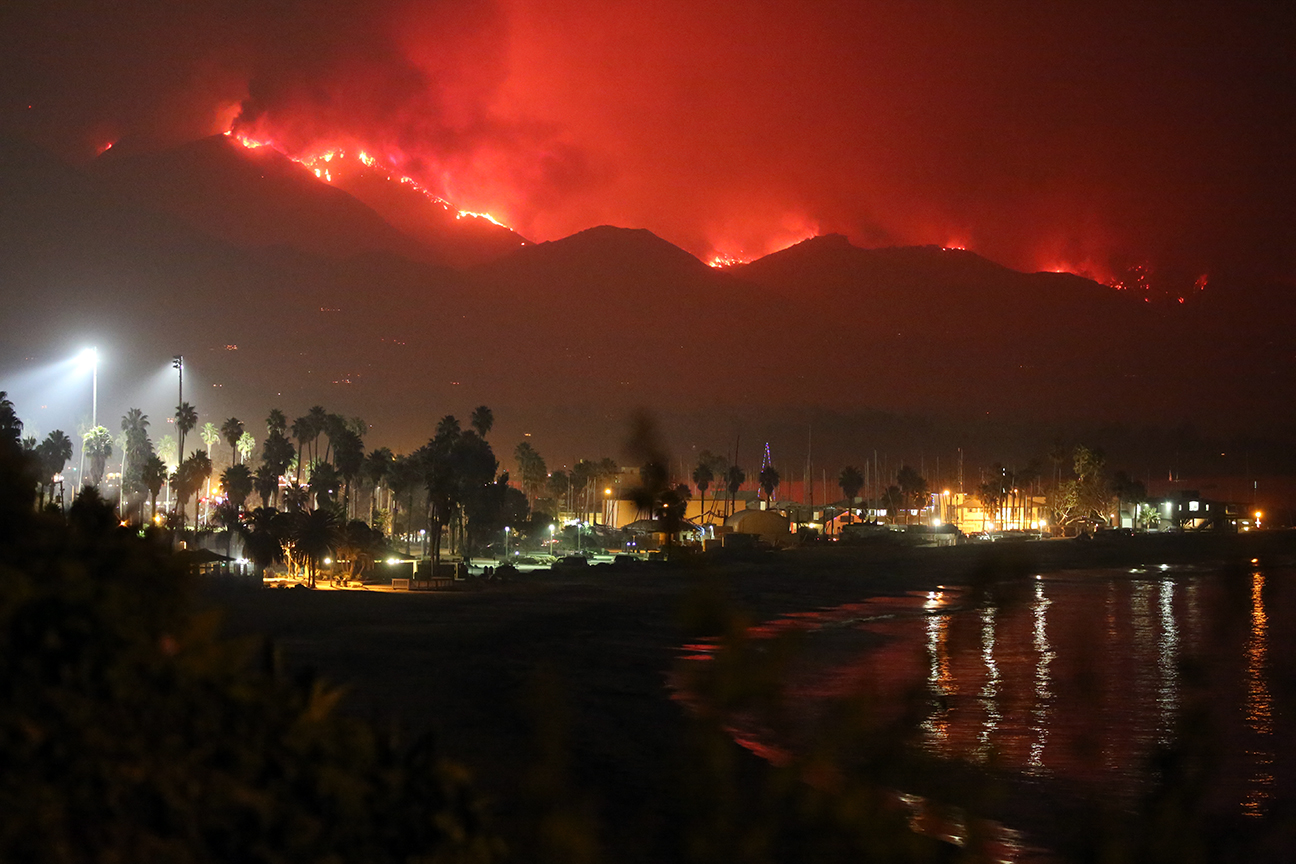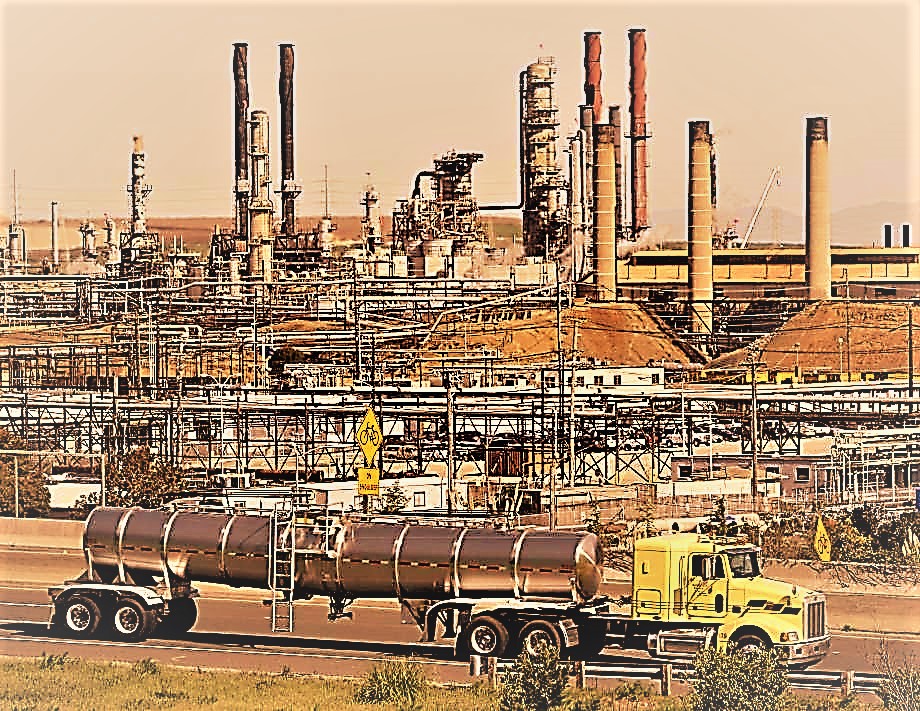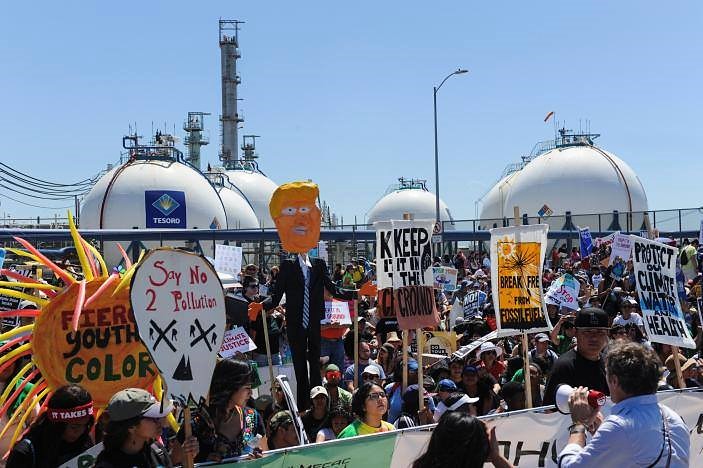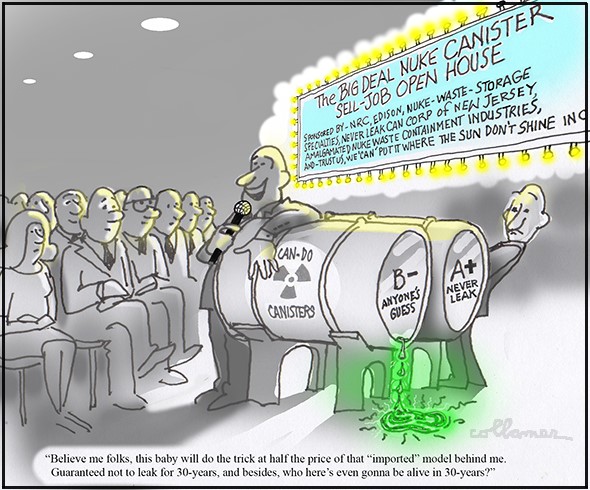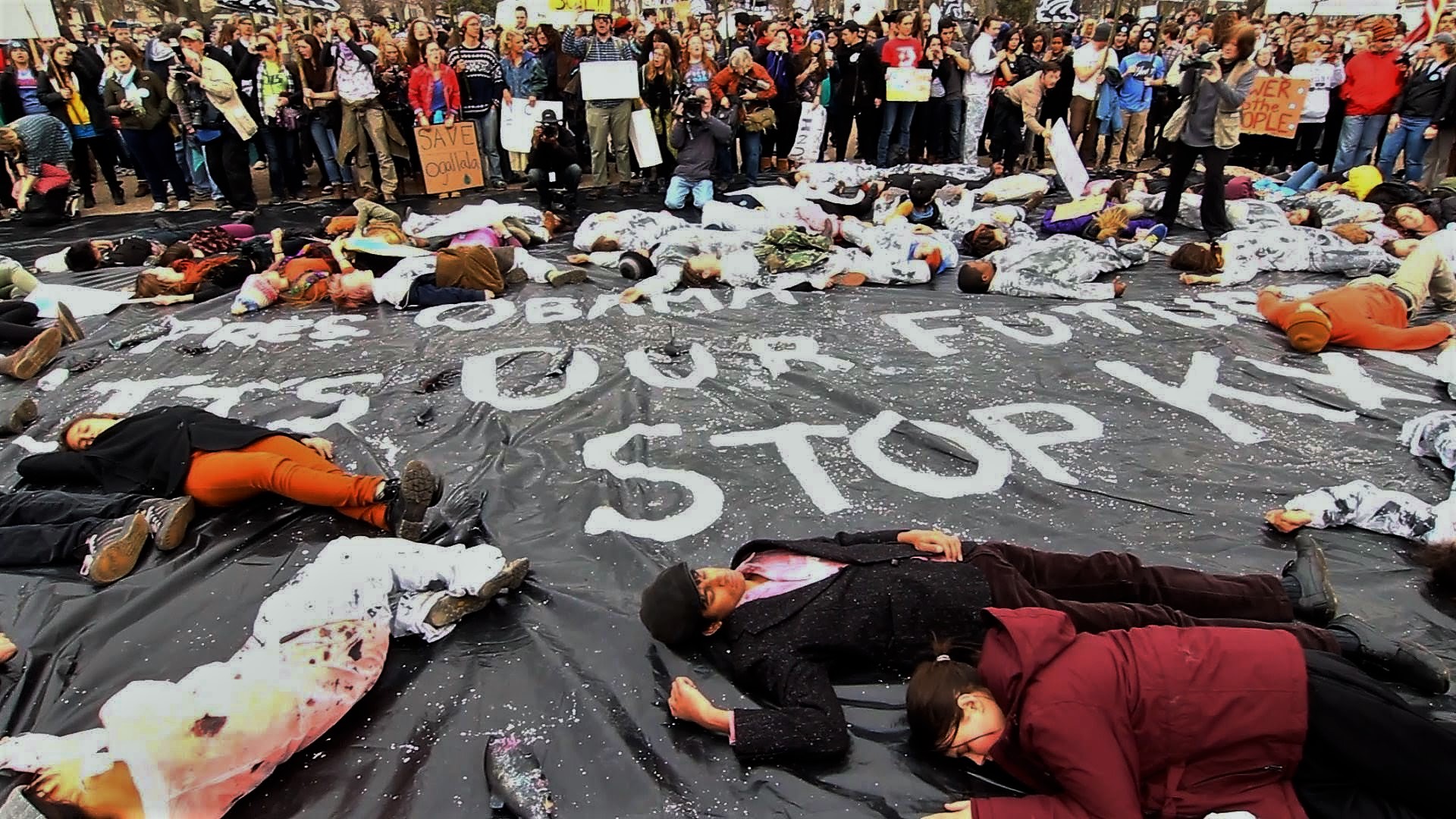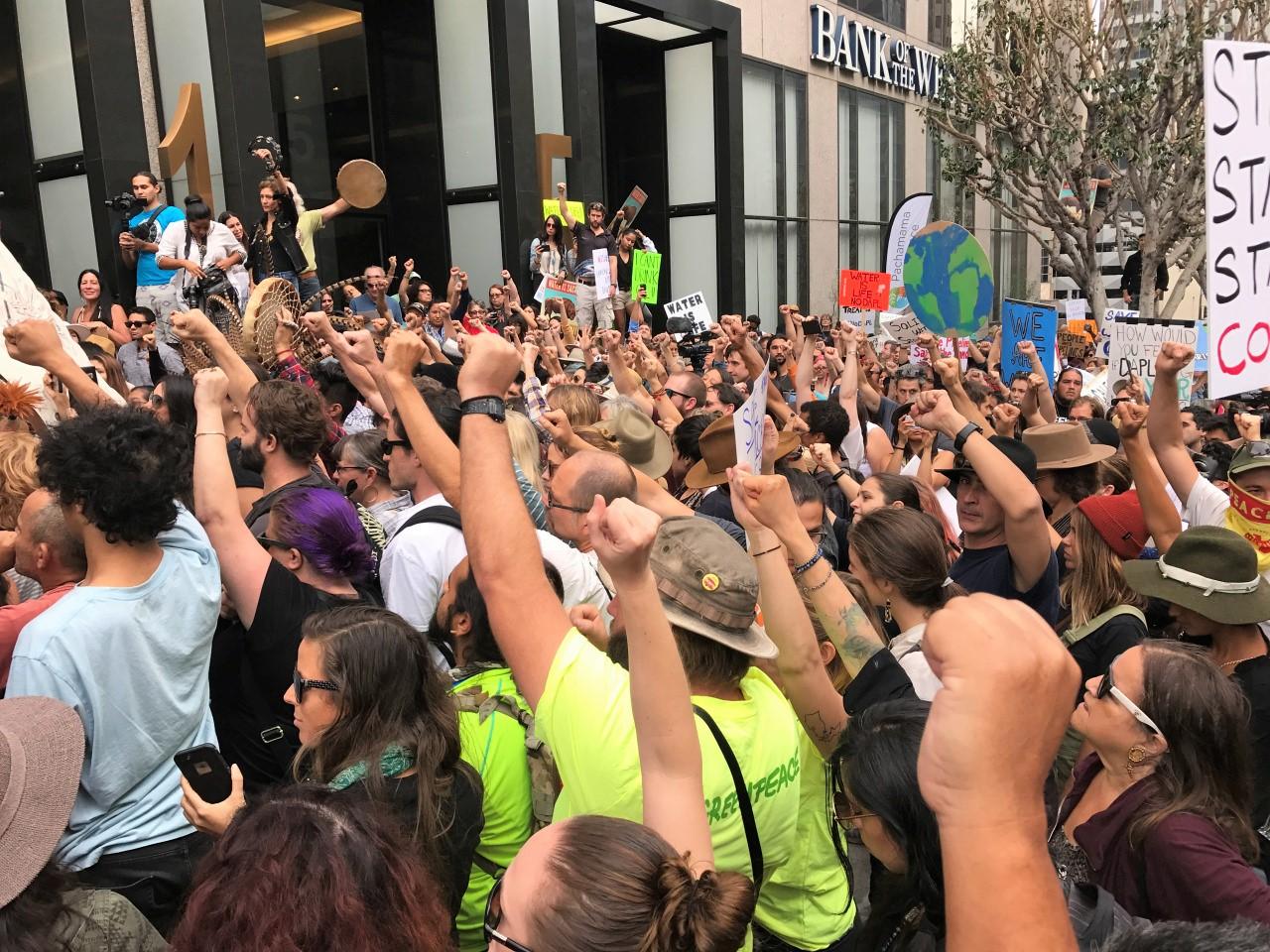Jack Eidt writes on the California wildfires and their dangerous connection with climate change, melting of Arctic sea ice, and the drying out of the US West Coast. We must reduce our dependency on fossil fuels, get cracking on a just transition to an economy based on clean, efficient, renewable energy, and start making our homes and lives more extreme-climate-resilient.
Energy
Finding innovative solutions to supplying efficient, clean, safe, renewable and reliable energy for electrical power, transportation, heating and cooling. We look at problems created from the addiction to dirty fossil fuel energy, mountaintop removal and ecosystem disruption, global climate change, severe air and water pollution, and community dislocation and pollution, Extreme methods such as hydraulic fracturing (fracking), tar sands, hydroelectric dams and other damaging methods and sources are examined.
Jerry Brown Passes Cap and Trade Written by the Oil Industry
California extended its Cap and Trade system until 2030, a symbolic move that actually allows grave concessions to the oil industry, ties the hands of local agencies ability to regulate greenhouse gases, and threatens both the state’s climate goals and the health of communities, ecosystems and the planet. RL Miller unveils the ugly political process where the Jerry Brown had the oil industry write the bill and forced the rest to go along.
People’s Climate March in LA Harbor Highlights Tesoro’s Dangerous Operations
Thousands marched on April 29th across the US and the world calling for solutions to the growing global climate crisis. In Los Angeles, thousands converged near a major petroleum refinery near two major ports in support of the nearby vulnerable communities calling for protections to their health and safety.
San Onofre: Beachfront Leaky Nuclear Waste Facility Underway
San Onofre Nuclear Plant, on the coast of California, is busy building a nuclear waste dump for 1,600 tons of spent fuel on a bluff overlooking the Pacific. Most U.S. nuclear power facilities store highly radioactive waste in thin-walled canisters (mostly 1/2-inch thick) that both the Nuclear Regulatory Commission (NRC) and the Department of Energy (DOE) admit cannot be inspected (on the outside or inside), cannot be maintained, repaired, and can crack and leak in the short-term.
Trump Approves Disastrous Keystone XL, the Blind Leading the Blind
Trump and his Big Oil cronies want to destroy all of us, just green-lighting the Keystone XL tar sands pipeline, one in a long line of planned and approved climate and environmental policy brutalizations. Sorry, folks, this is not hyperbole. Yet the story doesn’t end there…
Standing Rock is Everywhere: Los Angeles Unites Around Dakota Access
The latest NoDAPL March in Los Angeles, attended by thousands and organized by Indigenous and political groups, lays out The Way Forward on overcoming the incoming installed regime of the Orange One and his Corporate Hack Cabinet
Water Cannons and Tear Gas: Army Corps Stops Dakota Access For Now
Following the Presidential election of a climate denier and investor in the Dakota Access Pipeline, Energy Transfer Partners/Sunoco now threatens to ignore the Army Corps of Engineers declaration that no permit to drill under the Missouri River will be granted without an Environmental Impact Statement.

